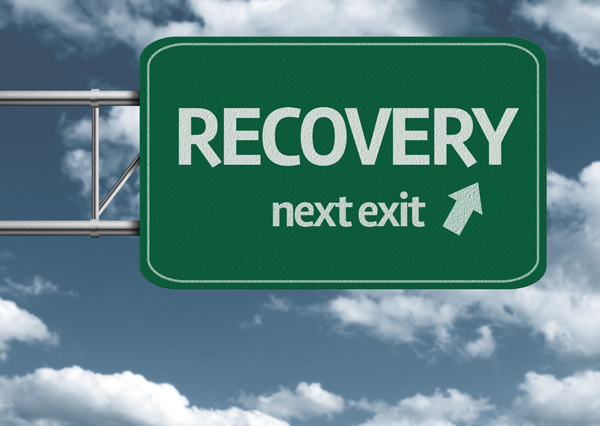So…What Exactly is Addiction Treatment?
We all tend to be armchair quarterbacks. It is much easier to diagnose other people’s problems than reflect on our own. Some of us feel we know what is best for everybody. Why is this the case?
Simply put, we can be a bit more objective with things when it comes to other people. While we may be emotionally involved with them, there still remains a sufficient distance, which affords a clearer and more holistic viewpoint. Our views of others lack the blind spots that pride and denial create. However, that doesn’t necessarily mean that we have enough information to make such judgments. When it comes to addiction, this is no different.
I used to work in admissions at Rocky Mountain Treatment Center. I received desperate calls from potential clients as well as calls from family trying to get their loved one some help. The question is always the same: does so-and-so need treatment?
This is the point where we put our opinions and good intentions aside and defer to the professionals. This is where we quit playing doctor. We really need to start by answering the fundamental question: what is treatment?
Treatment for addiction is based on a continuum of care established by ASAM, the American Society for Addiction Medicine. There are a variety of diagnostic tools that can be used to determine if an addiction is present, and if so, what level of care would be most appropriate. Let’s briefly review these levels of care.
Most levels of care are based on an outpatient model, ones where the patient remains at home in their community. Level 1 is where a patient is engaged in weekly talk therapy with a licensed addictions counselor. Level 2.1, referred to as intensive outpatient program, IOP, is where a patient participates in approximately 10 hours of therapy a week, a combination of lectures, assignments and individual therapy. Level 2.5, referred to as partial hospitalization, PHP, is where a patient participates in at least four full 8 hour days of lectures, assignments and individual therapy. These forms of outpatient therapy are used when the patient can remain in the community clean and sober during the process of treatment. When this is not possible, inpatient treatment options are the next ones to be pursued.
There are two types of inpatient treatment, Level 3.7 and Level 3.5. Level 3.7 is referred to as detoxification. With many addictions, there is a period of physical detox where the patient needs to be medically monitored and helped through the process of withdrawal. The duration of detox varies with the types of chemicals that have been used and in what amounts. On average, detox lasts 3 to 5 days, but may take as long as two weeks. Once the patient is medically stabilized, they are then transitioned into Level 3.5, which is what we commonly think of when we think of traditional inpatient treatment.
Inpatient treatment programs are generally 30 to 90 days in duration. They involve a holistic and comprehensive approach to dealing with the patient’s individual needs. They are usually located in a hospital or a residential setting and the patient lives there throughout the inpatient treatment process.
The thing to keep in mind when we’re talking about outpatient versus inpatient treatment is that all chemical dependency treatment is based on the individual’s needs and how to best meet them. This is where the fundamental philosophy of a continuum of care is of greatest value. A person can start in outpatient therapy and if they fail to make any progress, it is then logical to move them up to a higher level of care. Further, when someone completes inpatient treatment, they can be put into a lower level of care based upon their continuing need. This system is not arbitrary or opinion-based. There are established criteria when it comes to addictions and only a professional can make such findings. In any case, nobody needs to sweat the prospect of treatment, whether outpatient or inpatient. Modern medicine has made advances in this area as well and no one needs to worry about belladonna treatments or electroshock therapy.
Addiction treatment is an opportunity for people to see themselves as they are and what they can do to improve their life. Treatment is not something to fear. Instead, it is where you get rid of fear.
Thank you
Jim
James A. Francetich is a freelance writer and author. The opinions expressed are solely of the author and do not represent any community based recovery programs, private or public entities or any governmental agencies.

